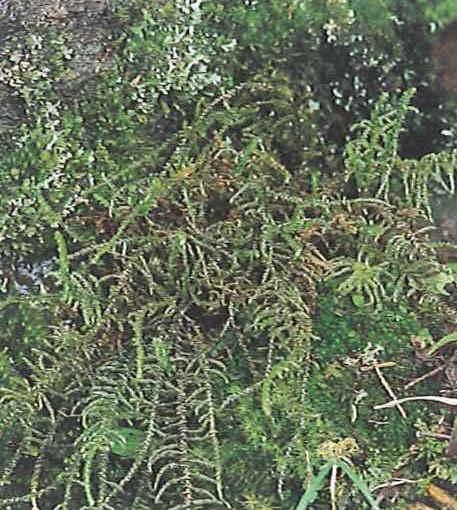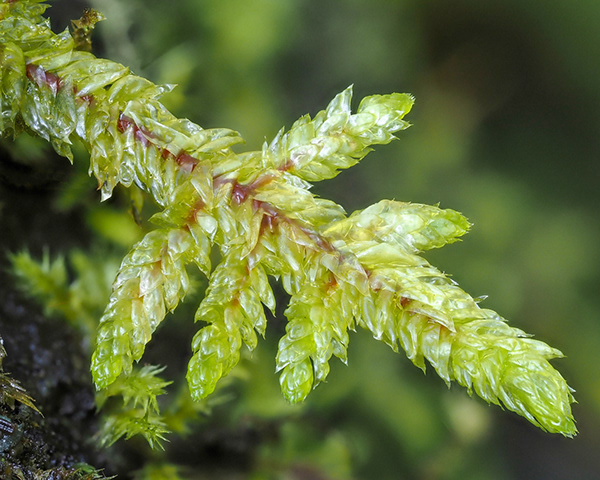
image from: http://taibif.tw/zh/namecode/200990
Exploring the Fascinating World of Calyptothecium bernieri Broth. Moss

image from: http://taibif.tw/zh/namecode/200990
Introduction

image from: https://www.researchgate.net/publication/353752612_Contributions_to_the_moss_families_Neckeraceae_and_Pterobryaceae_of_Bhutan
Mosses are often overlooked, but they play crucial roles in ecosystems around the world. One particularly interesting species is Calyptothecium bernieri Broth., a moss in the Pterobryaceae family. In this blog post, we’ll dive into the details of this fascinating plant, from its morphology to its ecological importance. Get ready to discover the hidden world of Calyptothecium

image from: https://www.researchgate.net/figure/Calyptothecium-philippinense-Broth-A-Habit-B-C-Branches-D-G-Branch-leaves-H_fig4_293646589
!
Background

image from: https://bryophytes.myportfolio.com/la-reunion-2022
Calyptothecium bernieri Broth. is a species of moss first described by Victor Ferdinand Brotherus in 1907. It belongs to the Pterobryaceae family, which contains over 200 species worldwide. Mosses like C. bernieri are non-vascular plants in the division Bryophyta and class Bryopsida. They lack true roots, stems, and leaves, instead having simplified structures that serve similar functions.
Morphology and Identification
C. bernieri forms mats or tufts on its substrate. Its stems are creeping to ascending, irregularly branched, and can reach

image from: https://www.researchgate.net/figure/Figura-1-Calyptothecium-duplicaum-Schwaegr-Broth-a-Habito-b-Filidios-c-Apice-do_fig1_309232610
2-4 cm long. The leaves are ovate-lanceolate, 1.5-2 mm long, with a short, double costa (midrib). Leaf margins are entire and often recurved. The leaf cells are smooth, elongated, and prosenchymatous (long and narrow).
Sporophytes (spore-producing structures) are uncommon. When present, the seta (stalk) is 5-10 mm long and the capsule is ovoid to cylindrical, with a rostrate operculum (beaked lid). Peristome teeth are present in a single row.
Global Distribution and Habitat
C. bernieri

image from: https://www.semanticscholar.org/paper/Contributions-to-the-moss-families-Neckeraceae-and-Enroth-Shevock/72298cd971ba7aebbcc56225584dcc1e260a6f24/figure/0
has a paleotropical distribution, found in parts of Africa, Asia, and Oceania. It typically grows on tree trunks and branches in humid forests from lowlands to mountains. The species prefers shaded habitats with high moisture availability.

image from: https://www.researchgate.net/figure/Figura-1-Calyptothecium-duplicaum-Schwaegr-Broth-a-Habito-b-Filidios-c-Apice-do_fig1_309232610
| Region | Countries |
|---|---|
| Africa | Madagascar, Réunion, Mauritius |
| Asia | Sri Lanka, Thailand, Malaysia, Indonesia, Philippines |
| Oceania | Papua New Guinea, Fiji, Samoa |
Ecological Roles and Adaptations
Like other mosses, C. bernieri plays important roles in its ecosystem:
- Moisture retention: Moss mats help retain moisture in the environment, benefiting other plants and animals.
- Nutrient cycling: As mosses decompose, they release nutrients back into the soil.

image from: https://www.researchgate.net/figure/Calyptothecium-urvilleanum-Mue-llHal-Broth-A-Habit-B-Branch-C-D-Stem-leaves_fig3_293646589
- Microhabitats

image from: https://www.researchgate.net/figure/Calyptothecium-philippinense-Broth-A-Habit-B-C-Branches-D-G-Branch-leaves-H_fig4_293646589
: Moss tufts provide shelter and microhabitats for small invertebrates.
C. bernieri has several adaptations for its epiphytic lifestyle:
- Poikilohydry: Ability to survive desiccation by suspending metabolic activity when water is scarce.
- Water absorption: Leaves and stems efficiently absorb and retain water from the environment.
- Asexual reproduction: In addition to spores, mosses can reproduce via fragmentation or specialized structures like gemmae.
Conclusion
Calyptothecium bernieri Broth. may be small, but it is a prime example of the incredible diversity and resilience of mosses. From its unique morphology to its ecological importance, this species reminds us to appreciate the often-overlooked world of bryophytes. Next time you’re in a humid forest, take a closer look – you might just spot a patch of Calyptothecium thriving on a tree branch! What other secrets do you think these tiny plants hold?